What Varieties of Hot Peppers Should I Grow?
westes Zone 9b California SF Bay
11 months ago
last modified: 11 months ago
Featured Answer
Comments (10)
Related Discussions
Which garlic variety should I grow?
Comments (2)Before I move to Seattle, I lived in North Atl. suburb(N.Fulton) and grew garlic 3 seasons. The last season I had over 100 plants. Believe it or not, I planted store bought (Asiatic Artichoke ). And I got pretty good results too. I bought some hardnecks fro Kroger, some sofnecks from Asian Markets.. I am sure , if you find a local grower, and buy seeds from him, that'll even better. Anyway, I used to plant early to mid October....See MoreHot Peppers and Bell Peppers growing well in the same system?
Comments (16)Of course you can make it any size you see fit, and using any materials that are easily available to you. Though I think 6 inches wide will probably do, I would opt a little wider 8-12 inches wide. Here's how I planed to build mine. First plywood would be stronger, but OSB board would be cheaper and still strong enough. It runs about $7-$8 for a 8x4 sheet around here. I plan the inside diameter to be 12 inch deep, about 12 inch wide, and 8 feet long. Make it as long as you want also, 8 feet is all I need. Though I plan to build 2, set them parallel with each other about 5-6 feet apart, and place a A-frame trellis between the two trenches. You already have your trellis. To strengthen the box structure, I plan on running 1x2's (they run $0.84 ea here) along the outside for added support. You can use 2x4's but would be about 3-4 times the price, and 1x2's should be enough support. For a trench box that long, I would probably run one horizontal row of 1x2 along the top and bottom of the box. Then periodically place vertical pieces between them. Here in the desert I need to insulate the roots from the heat, you probably wont want to do this part, especially if you are going to have the trench in the ground. My trench is planed to be on top of the ground. The inside of the box will be lined with probably 2 layers of 1/2 inch (or 1 inch) thick Styrofoam sheet insulation. Glued in with PL300 foamboard adhesive (it's made specifically to glue Styrofoam insulation to wood and construction materials. Then I plan to line the inside with vinyl sheeting. I don't know if Low's or Home Depot carry it, but ACE hardware just down the street from me does. They have 3 different thickness that run from about $3-$6 a square yard (in one yard widths). For the inside diameter I plan, it should just fit nicely without even overlapping it (except the end pieces. I plan to use 100% silicone to seal the ends and glue down the vinyl sheeting (as well as all corners and edges after the Styrofoam is glued in). Fish pond liner would be just fine, and plenty durable. I don't know how much it runs, but I think I will look into pricing that as well. For the drain I plan to cut a hole just big enough to run a pvc tube through the wood, and a little smaller than the wood hole in the Styrofoam (for a snug fit). Then glue it to the Styrofoam with the foamboard adhesive. Then run beds of silicone, and screw in a pvc connectors on both sides of the tube and snug it down. Making the lip of the connector on the inside of the box as short as possible (but still durable), so as much water will drain out as possible. I may decide to have more than one of these drains per box. But if one side of the box is raised a little, the water should flow nicely to the side with the drain/s. Because the heat and sun is so bad here on things. I plan to paint the outside of the box with a roofing material. I forget what it's called, but it's white, thick, durable and flexible. They use it on rooftops for reflecting the suns rays (overall cooling the building). That will also add another layer of insulation for the roots for me (reflecting the heat). But I need to find somewhere where they sell it in one gallon buckets. The 5 gallon buckets are way more than I need, and it's not exactly cheep (a one gallon should run about $10-12). That should protect the wood from moisture if you plan to bury it in the ground as well. However there is another material for that also, but it's black. I forget what they call that also, but they use it to protect walls that extend underground so they don't absorb moisture (like basement walls, underground stairways etc.). I don't know how much it runs, but you will want to protect the wood from ground moisture if you place it in the ground. And products like Thompson water seal wear off and need to be reapplied regularly. Once the box is ready, I plan to simply place a section of inexpensive furnace filter screening ($2, I just cut the screening material out of a inexpensive furnace filter) on top of the drain holes. Then I will place a layer of rocks on top of that to about 2 inches deep along the bottom of the trench. This will hold the screening in place and help with drainage all the way through the box. Then just fill with the growing medium and plants, setup the drip system. You should have a very durable planter box that will withstand the weather and you can use year after year. ....See MoreWANTED: Hot Pepper Variety New to hot Peppers
Comments (0)Hi everyone! I'm looking for any and all hot peppers to grow. I'm not being picky as I just started on my hot pepper obsession. I have a few things to trade (please see my trade list) but they wont be 100's of seeds in the trade. Please let me know how many seeds you would like and/or ask and I'll let you know how many I have. Since I'm new to this I wanted to make sure I had no hybrids from the 2013 season and didn't keep any of the seeds that even might be suspect. Thanks for looking! Genie...See MoreWhat grow light hood should I buy for a variety of plant heights?
Comments (0)I've just bought a ground level condo that has a great patio outside and ~5x10 sunroom (2 side brick walls, 3rd wall is a glass slider into the living room, and a 4th wall that is a glass slider facing outside, 8 ft. ceiling, no ventilation in sunroom unless I leave one of the doors open). Over the summer I've accumulated two 3-4 ft avacado trees, two 1 ft avacado trees, a tomato plant, a flowering shrub type plant, and a 5-6 ft. peach tree. These have been happy out on the patio getting plenty of sun. With fall coming up, I want to bring all of these plants inside, but am worried that they won't get enough light in the sunroom, and am thinking about purchasing a grow light. From the research I've done, it seems like I definitely want to use High Pressure Sodium 1000 watt bulbs. The HPS seems like it will help the plants continue to flower and eventually hopefully grow fruit. The 1000 watt seems necessary due to the large height variety I have in my plants resulting in me not being able to get the lamp too close to the shorter ones. There seem to be quite a few different size and reflector hood types. Which is best for the plant mix I have above and area described? Next year, I would likely be adding some shorter blueberry plants as well. I would like to purchase the right light/hood combo to cover the whole area so I can fill up the whole 5x10 area in future years. Finally, it seems like some reflector hoods are air-cooled. This may be a stupid question, but since I'm only going to be using the lights during the winter months (and could crack the outside door if needed), and the sunroom should be kept naturally cool from the weather outside/losing heat through the windows, do I need to worry about getting an air-cooled reflector hood? It seems like any excess heat could also just heat the condo! Additional information is that I plan on turning the light on in the morning when I leave for work, and off when I come home in the evenings. The light would likely be on for 9 straight hours. Thanks for any advice in advance!...See Morewestes Zone 9b California SF Bay
11 months agowestes Zone 9b California SF Bay
11 months agoCA Kate z9
11 months agolast modified: 11 months agowestes Zone 9b California SF Bay thanked CA Kate z9westes Zone 9b California SF Bay
11 months agolast modified: 11 months agocarolb_w_fl_coastal_9b
8 months agolast modified: 8 months agowestes Zone 9b California SF Bay thanked carolb_w_fl_coastal_9b
Related Stories
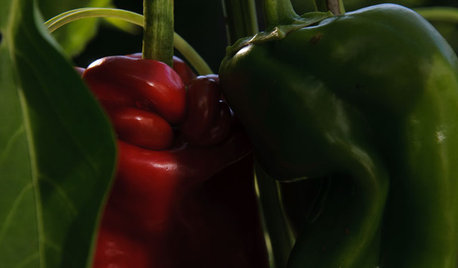
GARDENING GUIDESSummer Crops: How to Grow Peppers
Some like 'em hot; others like them sweet. With the incredible range of peppers available for home gardens, you can have your pick
Full Story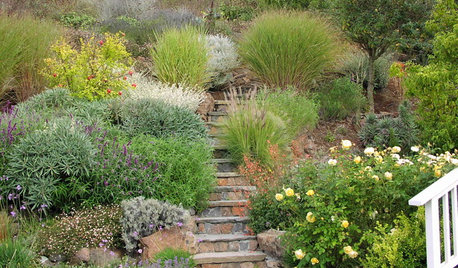
GARDENING GUIDESYes, You Can Grow an Edible Garden on a Hot, Dry Site
Difficult garden spots don’t need to deter you from planting trees, herbs and other delicious food plants
Full Story
EDIBLE GARDENS8 Delicious Strawberry Varieties to Grow at Home
Discover our top choices for easy-to-grow plants, high berry yields and deliciously sweet strawberry flavor
Full Story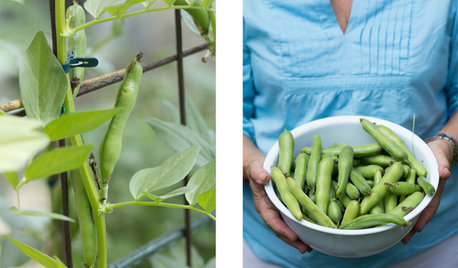
SUMMER FRUITS AND VEGETABLESSummer Crops: How to Grow Beans
Grow your own beans for amazing variety and healthy, convenient produce all summer
Full Story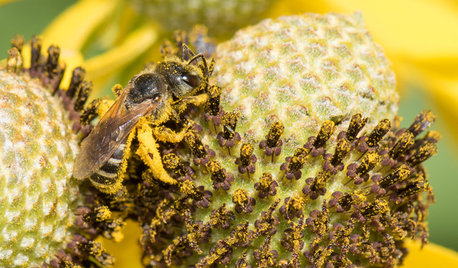
GARDENING GUIDESWelcome Sweat Bees to Your Garden Throughout the Growing Season
Look before you swat! These friendly sweat bees will feed on your sweat on a hot summer day, but their main buffet is flowers
Full Story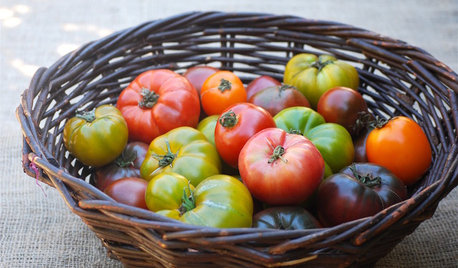
EDIBLE GARDENS10 Delicious Heirloom Tomatoes to Grow This Summer
Irresistible heirlooms offer outstanding flavor and variety. Choose from a rainbow of colors in all shapes and sizes
Full Story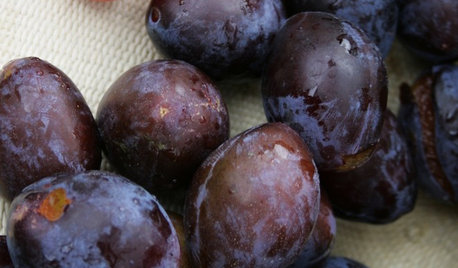
FRUIT TREESHow to Grow Your Own Juicy Plums
Easier than other stone fruits and with a variety of colors to choose from, plums are a versatile garden addition
Full Story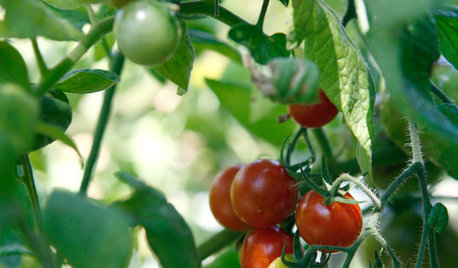
EDIBLE GARDENSSummer Crops: How to Grow Tomatoes
Plant tomato seedlings in spring for one of the best tastes of summer, fresh from your backyard
Full Story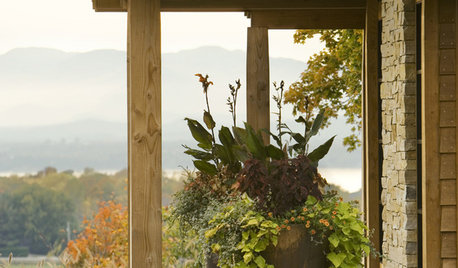
GARDENING GUIDESGrow a Beautiful Fall Garden in a Pot
Welcome autumn with 7 gorgeous plants that thrive in containers and enliven your porch or patio throughout the cooler season
Full Story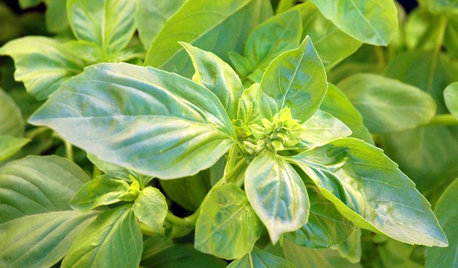
SUMMER GARDENINGHow to Grow Basil
Bright color, quick growth and endless uses for cooking make this summer annual a winner in the garden or a pot
Full Story



CA Kate z9